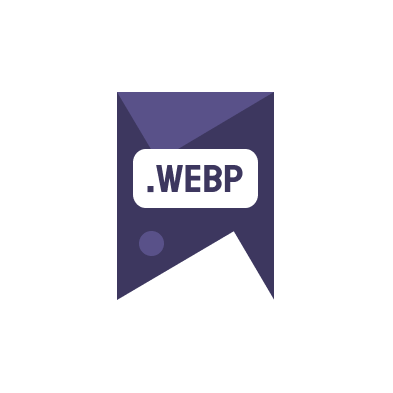As digital platforms evolve, the need for faster and more efficient websites has become paramount. One of the ways to achieve this is through the optimization of the images used in blogs, particularly by adopting WebP for blogs. In this article, we will explore the benefits of using WebP images in platforms such as Blogger and WordPress.
What is WebP?
WebP is an image format developed by Google, designed specifically for the web. It provides superior lossless and lossy compression for images on the internet. Using WebP images allows webmasters to create smaller, richer images that make the web faster.
Advantages of WebP Format
- Smaller file sizes while maintaining high quality.
- Improved page load times, contributing to better SEO rankings.
- Support for transparency (alpha channel).
- Compatibility with many modern web browsers.
These features make WebP an ideal choice for bloggers looking to enhance the visual and technical performance of their blogs.
Using WebP in Blogger and WordPress
Both Blogger and WordPress support the WebP format, but the degree of support can vary depending on the hosting environment and specific configurations.
For Blogger, users can upload WebP images directly through the Blogger interface. WordPress users, however, might require additional steps:
- Ensure your WordPress hosting supports WebP.
- Use plugins like Smush or EWWW Image Optimizer to convert images to WebP format.
- Convert images to WebP using online tools before uploading.
Moreover, you can visit PageSpeed Insights to understand how your site’s performance might improve by using WebP images.
Case Studies and Real-world Examples
Many prominent blogs and websites have seen significant improvements in load time and SEO after switching to WebP. For instance, a lifestyle blog reported a 35% decrease in image load time after converting their images from JPEG to WebP.
Converting Your Images to WebP
Converting images to WebP is straightforward:
- Use an Image to webp online free tool for quick conversion.
- Check the compatibility of WebP images with your audience’s browsers.
- Implement progressive enhancement techniques to ensure backwards compatibility.
Implementing WebP doesn’t just improve your blog’s performance; it also contributes to a better user experience.
Conclusion
Adopting WebP for blogs is a smart strategy for bloggers using platforms like Blogger and WordPress. Not only does it improve your site’s loading times, but it also supports your SEO efforts. So, why wait? Start converting your blog images to WebP today and reap the benefits of faster load times and improved SEO.

